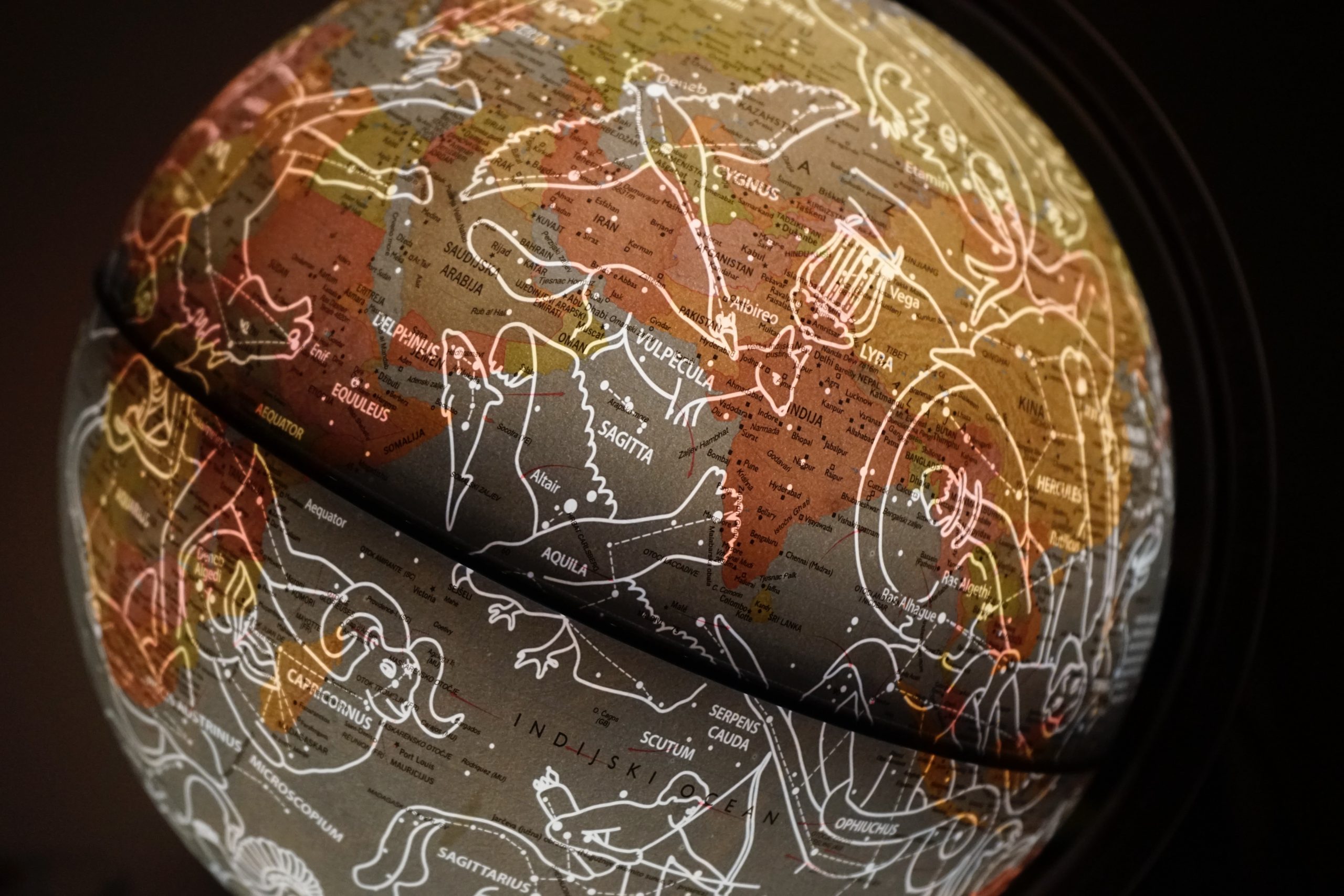The Full Moon to Full Moon Cycle: Understanding the Lunar Phases
As the Earth orbits around the Sun, we also witness the mesmerizing dance between the Earth, Sun, and Moon. One of the most enchanting celestial events that have captured human fascination for centuries is the full moon. The sight of a full moon casting a glow in the night sky has inspired myths, art, and even scientific studies. But have you ever wondered how the full moon comes to be and why it appears to change shape throughout the month? In this blog post, we will explore the full moon to full moon cycle and unveil the secrets of the lunar phases.
The Basics: Defining the Lunar Phases
Before delving into the full moon to full moon cycle, let’s establish a foundation and understand the different lunar phases. The moon, as we know, does not shine with its own light but reflects light from the Sun. As the moon orbits around the Earth, different portions of its illuminated surface become visible to us. These different visible shapes are known as lunar phases.
The lunar phases can be classified into eight main stages:
- New Moon
- Waxing Crescent
- First Quarter
- Waxing Gibbous
- Full Moon
- Waning Gibbous
- Last Quarter
- Waning Crescent
Although these stages represent distinct points in the lunar cycle, it is essential to remember that the changes in the moon’s appearance are gradual and continuous.
The Full Moon to Full Moon Cycle Explained
The full moon to full moon cycle, also known as the synodic month or lunar month, is the period it takes for the moon to complete one orbit around the Earth and return to its same position relative to the Sun. This cycle lasts approximately 29.5 days, resulting in slightly different lengths each month.
| Lunar Phase | Duration |
|---|---|
| New Moon | 0 days |
| First Quarter | 7.4 days |
| Full Moon | 14.8 days |
| Last Quarter | 22.1 days |
| New Moon | 29.5 days |
During the full moon to full moon cycle, the moon’s appearance changes from the new moon, where it is not visible, to the full moon when it appears as a complete, round disc. The cycle then repeats, continuing its mesmerizing display.
Understanding the Waxing and Waning Phases
The full moon to full moon cycle can be further broken down into two distinct phases: the waxing phase and the waning phase.
- Waxing Phase: The waxing phase begins at the new moon, when the moon is invisible, and slowly progresses towards a full moon. As the days pass, a thin crescent becomes visible, gradually growing in size each night.
- Waning Phase: The waning phase commences after the full moon. The moon appears to shrink, moving from a full moon back to a new moon. Similar to the waxing phase, the visible portion of the moon gradually decreases until it becomes invisible again.
This natural ebb and flow of the moon’s visibility are caused by the changing angles between the Sun, Earth, and Moon.
The Lunar Calendar and Cultural Significance
Given the regularity and predictability of the full moon to full moon cycle, ancient civilizations exploited this celestial event for various cultural and religious purposes.
Today, several cultures continue to follow lunar calendars, aligning their activities with specific lunar phases. Festivals, religious observances, and even agricultural practices are often timed according to the lunar calendar, highlighting the moon’s profound influence on human culture.
The Moon’s Influence on Nature and Human Behavior
While some perceive the connection between the full moon and human behavior as purely mythical, numerous studies have attempted to explore this phenomenon empirically.
One area of research is the concept of the lunar effect, which suggests that the full moon can influence human behavior, including sleep patterns, mental health, and even crime rates. However, the findings of these studies are often conflicting, and the true extent of the moon’s influence on human biology and behavior remains a subject of ongoing debate.
Conclusion
The full moon to full moon cycle is a mesmerizing dance between the Earth, Sun, and Moon that captures our imagination and fuels our curiosity. Understanding the different lunar phases and the cycle that governs them allows us to appreciate the beauty and intricacies of our celestial neighborhood.
Next time you gaze up at the night sky, take a moment to appreciate the ever-changing lunar phases and the remarkable journey from full moon to full moon.
Table of Contents
